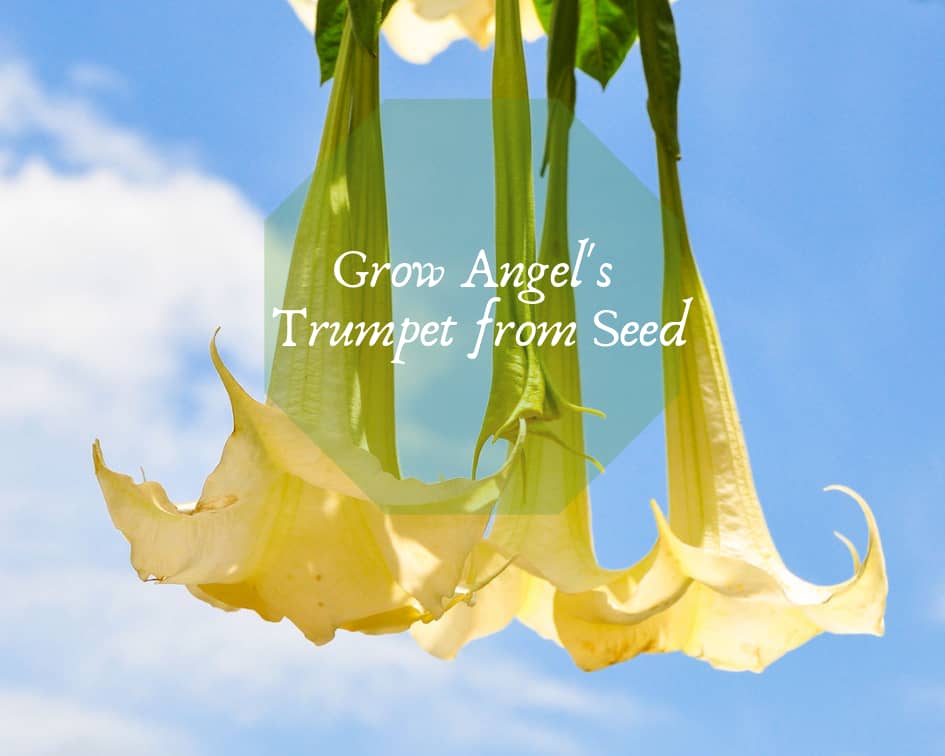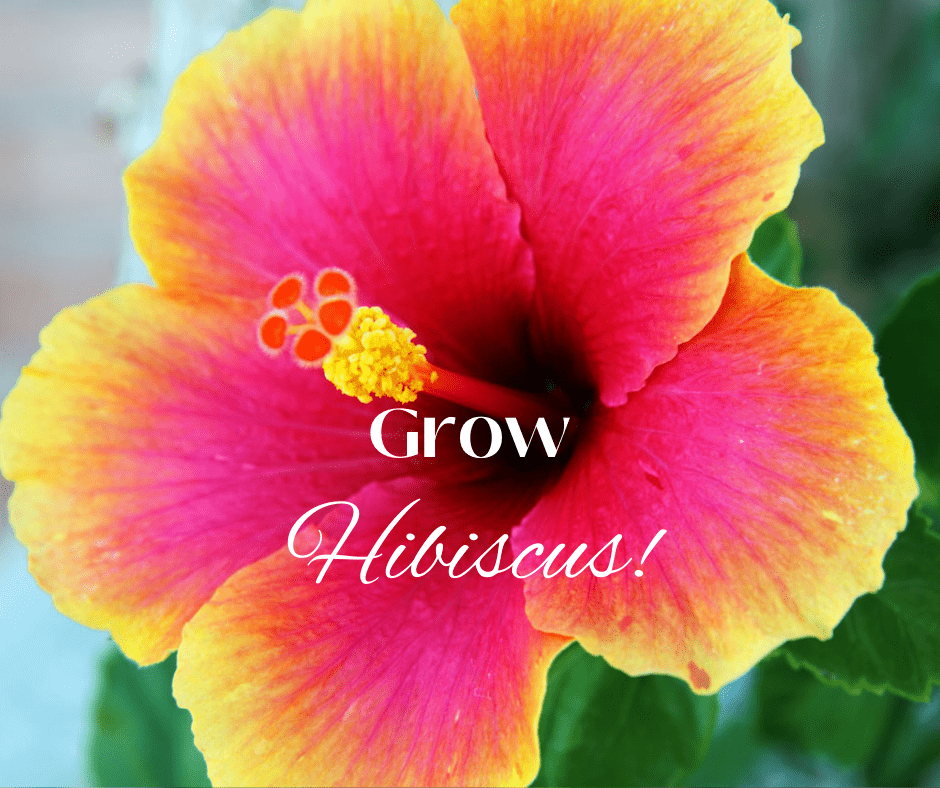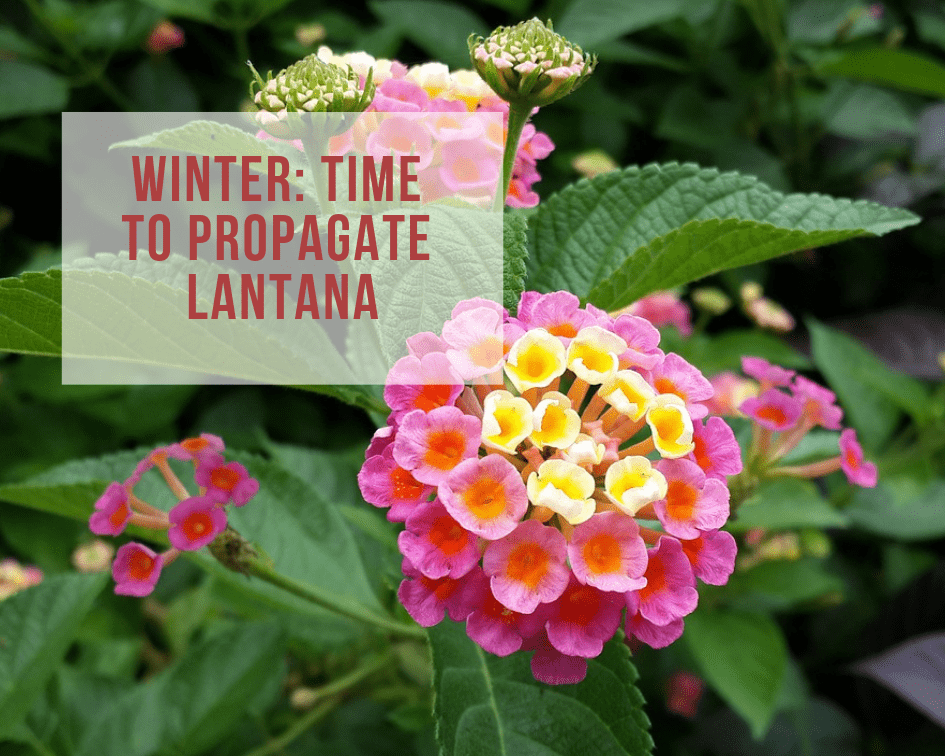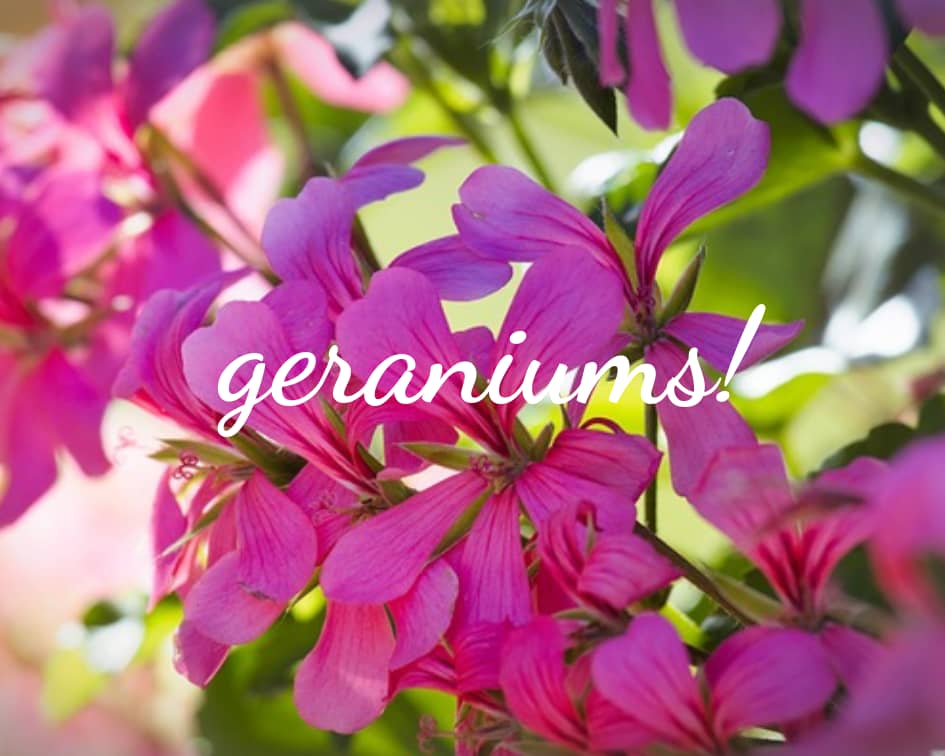This post may contain affiliate links. As an Amazon Associate we earn from qualifying purchases.
I get so excited when someone emails a question about one of my favorite plants! Today we got one about how to germinate angel’s trumpet seeds and I couldn’t wait to sit down and “pen” the answer to this one.
Brugmansia, commonly known as angel’s trumpet, is a group of flowering plants native to South America that can be grown as either large shrubs or small trees.
Bearing trumpet-shaped flowers in shades of white, yellow, pink, orange and red, the angel’s trumpet is an easy plant to grow in moist soil and full sun or partial shade. They do not do well in areas where there is frost. Notoriously slow to germinate, there are ways to trick angel’s trumpet seeds into sprouting quicker.
The actual seed is surrounded by a corky covering that needs to be removed before planting. Depending on the size of the seed, this can be an easy job or it may require soaking to get it to come loose.
What you’ll need to germinate angel’s trumpet seeds
- Bowl
- Hydrogen peroxide
- 4 to 6-inch planting container with holes in the bottom for drainage
- Potting soil
Angel’s trumpet seed preparation
Soak the brugmansia seeds for 24 hours in a bowl of water. Remove them from the water and peel away the outer seed coat. Inside you’ll find the bean-like seed. Soak these in a solution of 1 tbsp. hydrogen peroxide and 3/4 cup of water for 10 minutes to remove any bacteria and then plant them immediately.
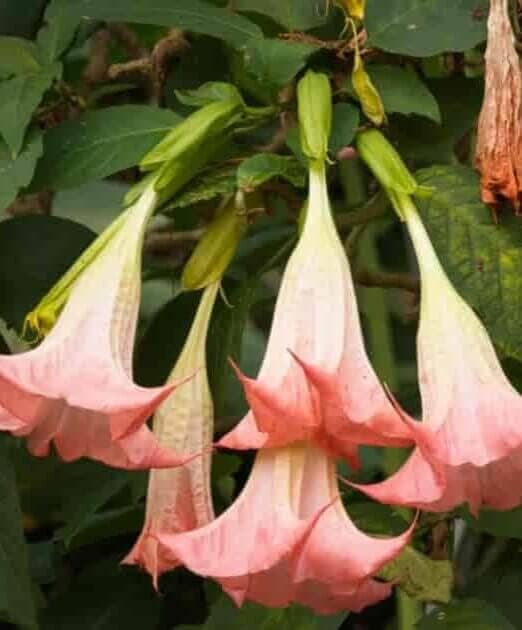
Germination bed
I prefer to start my seeds in a bio dome and have had good luck with Park’s (available at Amazon.com, here).
If you’ll be using a standard planting pot in which to germinate your angel’s trumpet seeds, fill it to within 1/2 inch of the rim with potting soil. I normally don’t advocate using potting soil for seed starting but this is the method that the Brugmansia Growers International advocates.
They do recommend, however, that you pour boiling water over the soil before planting to kill off any nasties that may inhabit it. Hey, they’re the experts, right?
At any rate, set the seeds on top of the soil and sprinkle them lightly with a bit more. Don’t cover the them with too much soil, as they need a bit of light to germinate–1/4 inch of soil is fine. Place the container in an area that remains between 68 and 75 degrees Fahrenheit, out of direct sun. If you’ll be starting the brugs indoors, place the containers on a heat mat to ensure a steady, warm temperature.
How long does it take angel’s trumpet seeds to germinate?
Angel’s trumpet seeds can take anywhere from two weeks to several months to germinate. Just remember to keep the temperature up and the soil slightly moist at all times and you will have the best chance of quick germination.
They’re up!
Once your brugs peep above the soil you’ll need to wait until they have their true leaves — the first two don’t count, so start counting after these.
Then the seedlings are ready to be planted into a larger pot, if you use the dome that I recommend. Otherwise, let them grow a bit in the nursery pot you’ve chosen. Keep the baby angel’s trumpets out of direct sunlight as they acclimate to the new pot.
After about three days move it to a sunny spot. Apply the first dose of fertilizer three weeks after transplanting and dilute the fertilizer to half strength. I use either a fish fertilizer (which you can buy online here) or kelp for seedlings.
Best of luck on your angel’s trumpet seedlings! And if you need information on how to care for your brug, check out this post.
Warning: All parts of the angel’s trumpet plant are poisonous, containing atropine, scopolamine and other toxic alkaloids. Ingesting the plant can be fatal. If you suspect that you or someone else has ingested any part of this plant, call Poison Control right away at 1-800-222-1222 or seek immediate medical attention.
Mention of a fertilizer or pesticide, or use of a pesticide or fertilizer label, is for educational purposes only. Always follow the product’s label directions attached to the container you are using. Be sure that the plant you wish to treat is listed on the label of the pesticide you intend to use. And observe the number of days between pesticide application and when you can harvest your crop.
Image Copyright: tumsubin / 123RF Stock Photo
